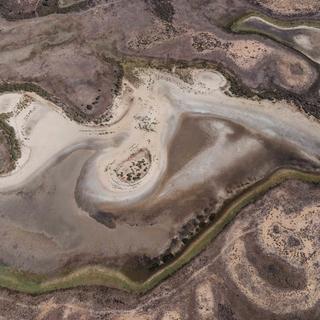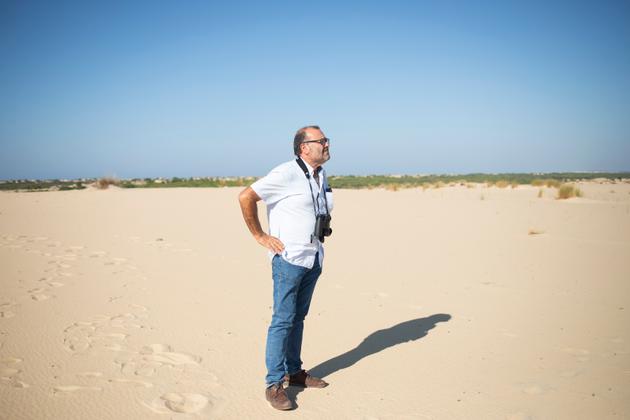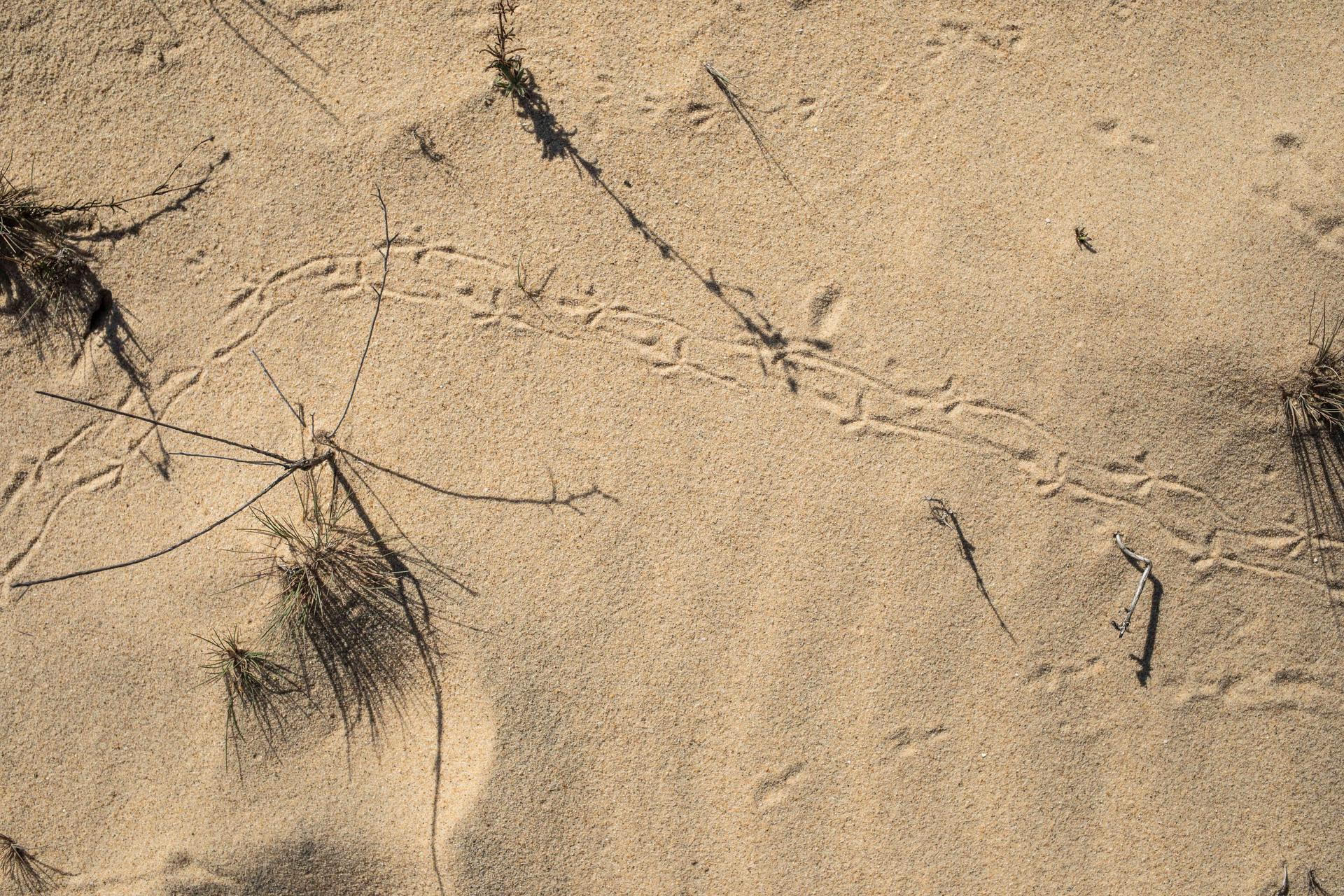


Andalusia: Environmental treasure of Doñana threatened by drought and illegal wells
FeatureDoñana National Park, a UNESCO World Heritage Site, is losing its lagoons, marshes and migratory bird habitats due to intensive fruit farming and climate change.
Juan Pedro Castellano sped along a vast, pristine beach, where a few sandpipers could be seen scurrying around. In his all-terrain vehicle, the director of Doñana National Park, an exceptional wetland area at the southern tip of Spain and listed as a UNESCO World Heritage Site, crossed shifting dunes and pine forests, moving through the vast clay marshes that make up the park's 60,000 protected hectares. He passed long-horned mostrenca cattle, fallow deer and wild horses, before stopping in front of the Santa Olalla lagoon – or rather, what was left of it. Arising from the aquifer, it dried up completely this summer. Gray, cracked earth has replaced this invaluable haven of biodiversity. This supposedly "permanent" lagoon – the largest in the park – is usually home to thousands of migratory birds, who should have started arriving by now. In mid-October, with its bright sunshine and unusually high temperature of 33°C, it is visited only by deer.


"The lagoons make up a mere 300 hectares," said this geographer, who has been in charge of the park for 14 years, as he marveled at the Atlantic heather plants growing alongside sub-desert palm species. This was little comfort, given that the 30,000 hectares of marshes, which rely on rainwater and usually serve as a meeting point for migratory birds from northern Europe and Sub-Saharan Africa, were also dry. "Climate change is a reality," said Castellano. "It's going to rain less and less, and we need to adapt our natural resource management accordingly."
It has been 13 years since Doñana last experienced substantial rainfall. Worse still, the park has suffered from severe drought for the last three years. "This is the fourth time since records began that the Olalla lagoon has dried up, following 1983, 1995 and 2022. But this is the first time it has dried up two summers in a row, leading to a serious loss of biodiversity," said Eloy Revilla, director of the Doñana Biological Station, the scientific research center dedicated to the reserve, from his office in Seville. "Doñana's ecosystem is in a dire state. The temporary lagoons have disappeared, the permanent lagoons are no longer there, and an increasing number of species are threatened. We are losing an environmental treasure, which we have a legal obligation to preserve." For the scientist, this situation is "the result of almost 30 years of administrative failings that couldn't establish a rational land use and allowed uncontrolled extraction of the aquifer."
Thousands of illegal wells
You have 75% of this article left to read. The rest is for subscribers only.
